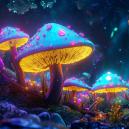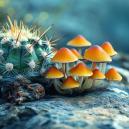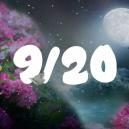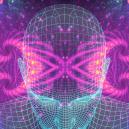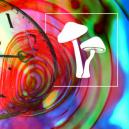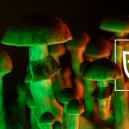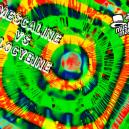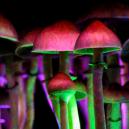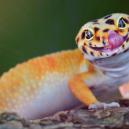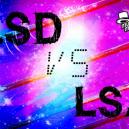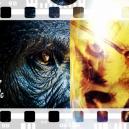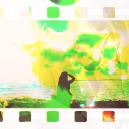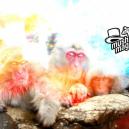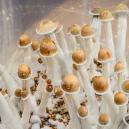A Short History Of Magic Mushrooms
Published :
August 14th, 2017
Categories :
Research

Magic mushrooms have a long and sometimes disputed history as a ritualistic aid and source of study. Take a look at this brief history of magic mushrooms to understand the prolific nature of psilocybin throughout history.
Magic mushrooms are considered to have three histories. There is the spoken word, pictographic, and petroglyphic histories of pre-European cultures. These ancient histories suggest an intimate relationship with magic mushrooms dating back thousands of years. Vedic scriptures of ancient India speak of magic mushrooms. During Pharaonic Egypt and ancient Greece, magic mushrooms were also used. Pre-Columbian Central and South America’s use of magic mushrooms is as old as the cultures themselves.
The Aztecs called magic mushrooms Teonanácatl, which translates to “wondrous mushroom” or flesh of the gods. North African murals depict magic mushroom use anywhere up to 10,000 years ago. Similarly aged rock art in caves near Villar del Humo in Spain shows religious rituals using Psilocybe hispanica. Conversely, there is the book by Letcher that contradicts all of this; arguing that the only real mushroom cult is the one started by the proto-merry prankster Wasson in the late fifties.
Then there was the sixteenth century European invasion and conquest of the Americas. Catholicism and indigenous spiritual ritual clashed. Mushrooms, along with most cultural beliefs, were proscribed and the doctrines of the Roman Catholic Church were enforced. In an eerily similar reaction to contemporary prohibition, ritualistic mushroom consumption was forced underground. Absolute discretion played to European hubris. Early Spanish commentary remarks upon the ritualistic use of magic mushrooms. Later, there is no mention suggesting the surviving indigenous people could really keep a secret.
The contemporary history of magic mushrooms probably begins with the banker - controversial author and amateur ethnomycologist Robert Wasson.
A vice-president at J. P. Morgan, Wasson had been a keen amateur mycologist, publishing his first book in 1957. Mushrooms, Russia and history concerned edible fungus. The research suggested that Anglo-Saxon, Celtic and Gaelic cultures were traditionally mycophobic. Whereas most of the rest of the world enjoyed mushrooms for food and ritual.
As part of his far-reaching explorations to gather material for his book, he and his colleague/wife ventured to Mexico. Here, they studied the entheogenic use of magic mushrooms during indigenous ceremonies. Wasson himself described,
"For the first time, the word ecstasy took on real meaning. For the first time it did not mean someone else's state of mind." Robert Wasson
"Seeking the Magic Mushroom" was an article Wasson wrote for Life magazine in 1957. The pieced culminated three years of research into the sacred mushrooms of South America. They had been observed in numerous countries during the thirty years it took to compile the information for his book. Indo-Asian, Maori, Paleo-Siberian, Chinese, Japanese, European and New Guinean peoples all had their own version of the magic mushroom.
A culturally devastating influx of westerners to the Mazatec region mentioned by Wasson is the tragic downside of the magic mushroom story. The upside is that from the Life article onward, modern knowledge of magic mushrooms begins. Within a few years, Albert Hofmann would synthesise and name psilocybin and psilocin. Soon after, The Harvard Psilocybin Project was established by Dr. Timothy Leary in 1960.
This climaxed with Leary’s dishonourable dismissal and the rise of the counterculture. Today, psychedelic mushrooms are big business as the home-grow industry booms. They are also undergoing serious study for their therapeutic potential in the realm of mental health care.






